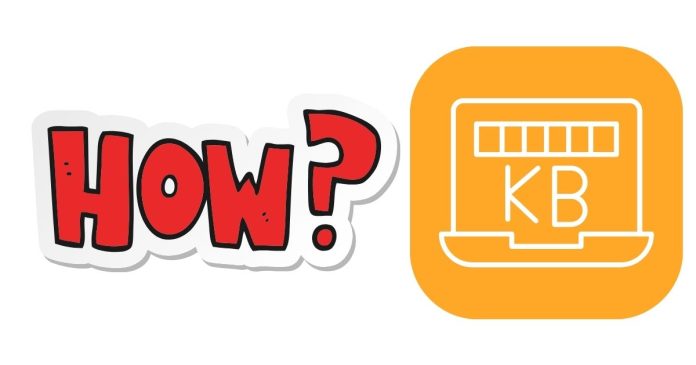When it comes to digital storage, the terms we encounter can sometimes be confusing. One common question is, “How many bytes are in a kilobyte?” While the answer might seem straightforward, there’s actually a bit more to it than meets the eye, especially when it comes to different systems of measurement.
The Basics: What is a Byte?
To start, let’s understand what a byte is. A byte is a unit of digital information that typically represents a single character, such as a letter, number, or symbol, in a computer system. A byte is made up of 8 bits, and a bit is the smallest unit of data, representing a binary digit (0 or 1).
Two Systems of Measuring: Binary vs. Decimal
The confusion arises when we compare the two main systems used to measure digital storage: the binary system and the decimal system. These two systems interpret the size of a kilobyte differently.
1. Binary Kilobyte (KiB)
In the binary system, a kilobyte is defined as 1,024 bytes. This system is based on powers of 2, which is how computers typically process data.
Here’s why:
- 1 byte = 8 bits
- 1 kilobyte (KiB) = 1,024 bytes (2^10)
In the binary system, the idea is that 1 kilobyte is the closest power of 2 that’s a reasonable size for computer memory and processing.
2. Decimal Kilobyte (KB)
In the decimal system, which is often used in consumer storage products like hard drives and flash drives, a kilobyte is defined as 1,000 bytes. This system is based on powers of 10, which makes it easier to understand for marketing and everyday purposes.
Here’s the breakdown:
- 1 byte = 8 bits
- 1 kilobyte (KB) = 1,000 bytes (10^3)
This approach is more intuitive for most people and aligns with how we tend to think about units like meters, kilograms, and liters, which are also based on multiples of 10.
Why the Difference Matters
The difference between 1,024 bytes (binary) and 1,000 bytes (decimal) can add up when dealing with larger files or storage systems. For instance, if a hard drive advertises 1 GB (gigabyte) as 1,000 MB (megabytes), you may notice a discrepancy when you check the storage on your computer. The binary system used by the operating system often shows that the capacity is slightly lower than the advertised size because the OS interprets storage in powers of 2.
Conclusion
To sum it up:
- 1 kilobyte (KiB) = 1,024 bytes (binary system)
- 1 kilobyte (KB) = 1,000 bytes (decimal system)
Both definitions are correct in their respective contexts. When dealing with computer systems, especially in software and memory, you’ll encounter the binary definition (KiB). However, when shopping for storage devices or referring to file sizes in consumer products, the decimal system (KB) is typically used.
Understanding this subtle difference can help you better interpret storage capacities and file sizes, ensuring you’re not caught off guard by discrepancies in how data is measured.


